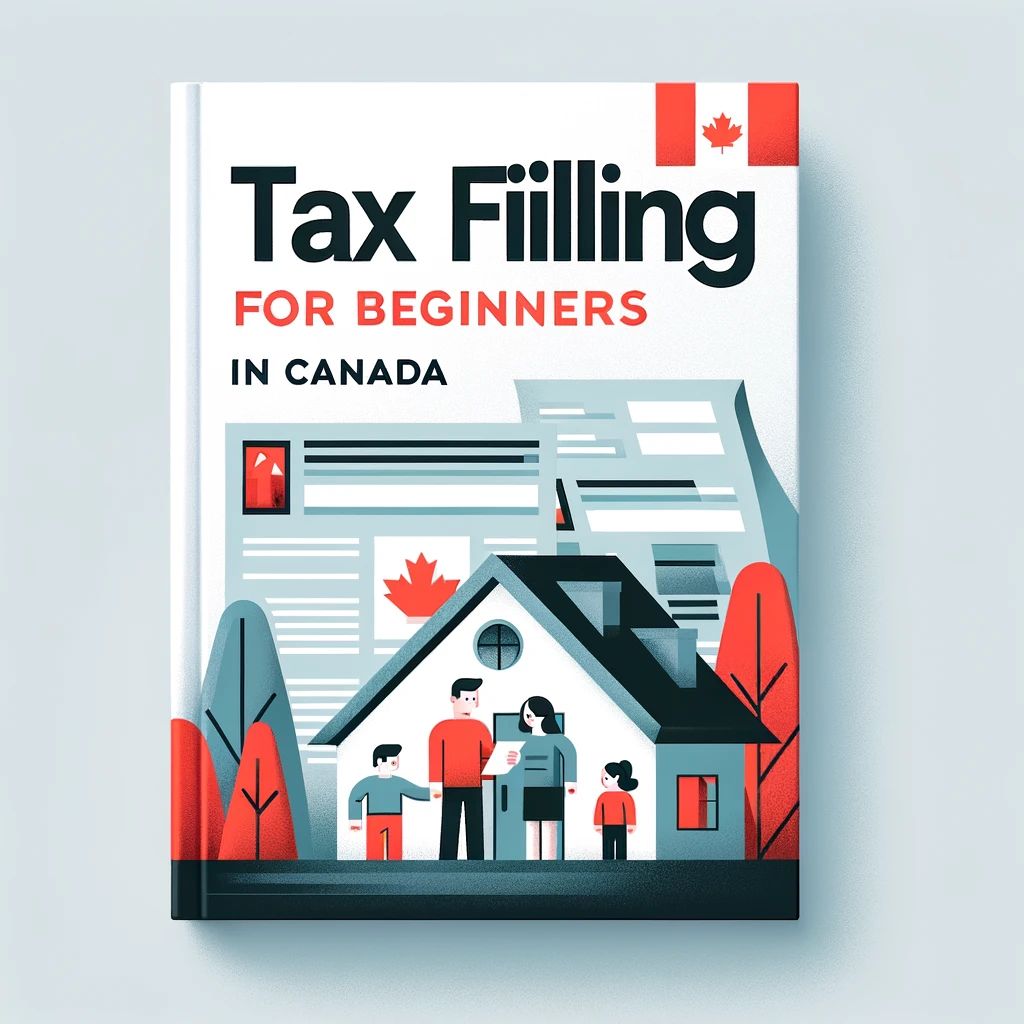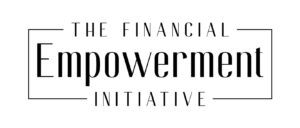
Tax season can be overwhelming, especially for first-time filers in Canada. Understanding the basics of tax filing is crucial to ensure compliance and avoid penalties. Here’s a step-by-step guide to help beginners navigate the Canadian tax filing process smoothly.
Gather Necessary Documents: Start by collecting essential documents such as T4 slips from employers, T5 slips for investment income, receipts for deductible expenses like medical expenses or charitable donations, and any other relevant income-related documents.
Choose the Right Form: Depending on your situation, you’ll need to choose the appropriate tax form. Most individuals will use the T1 General form, but there are specific forms for self-employed individuals (T1 Business), students (T1SCH11), and others with unique circumstances (Canada Revenue Agency [CRA], n.d.).
Understand Income Sources: Different types of income, such as employment income, investment income, and self-employment income, are taxed differently in Canada. Ensure all sources of income are accurately reported on your tax return.
Claim Deductions and Credits: Deductions and credits can help reduce your taxable income or tax liability. Common deductions include RRSP contributions, childcare expenses, and tuition fees. Tax credits, such as the Canada Child Benefit or the GST/HST credit, can directly lower the amount of tax you owe (CRA, n.d.).
Review and Double-Check: Before submitting your tax return, carefully review it for accuracy. Mistakes can delay processing or result in reassessments. Double-check all figures and calculations to avoid errors.
File Electronically or by Mail: In Canada, you can file your tax return electronically using certified tax software or through the CRA’s NETFILE service. Alternatively, you can mail a paper return to the CRA. Ensure you meet the filing deadline, typically April 30th, unless you or your spouse is self-employed, in which case the deadline is June 15th (CRA, n.d.).
Keep Records: It’s essential to keep records of your tax returns and supporting documents for at least six years. This includes receipts, invoices, bank statements, and any correspondence with the CRA.By following these basic steps, beginners can navigate the Canadian tax filing process with confidence. Remember to stay informed about changes in tax laws and seek professional assistance if needed.
References
Canada Revenue Agency. (n.d.). Individual tax return. https://www.canada.ca/en/revenue-agency/services/tax/individuals/topics/about-your-tax-return/individual-tax-return.html
TurboTax. (n.d.). Canadian Tax Tips for Beginners. https://turbotax.intuit.ca/tips/canadian-tax-tips-for-beginners-4561
